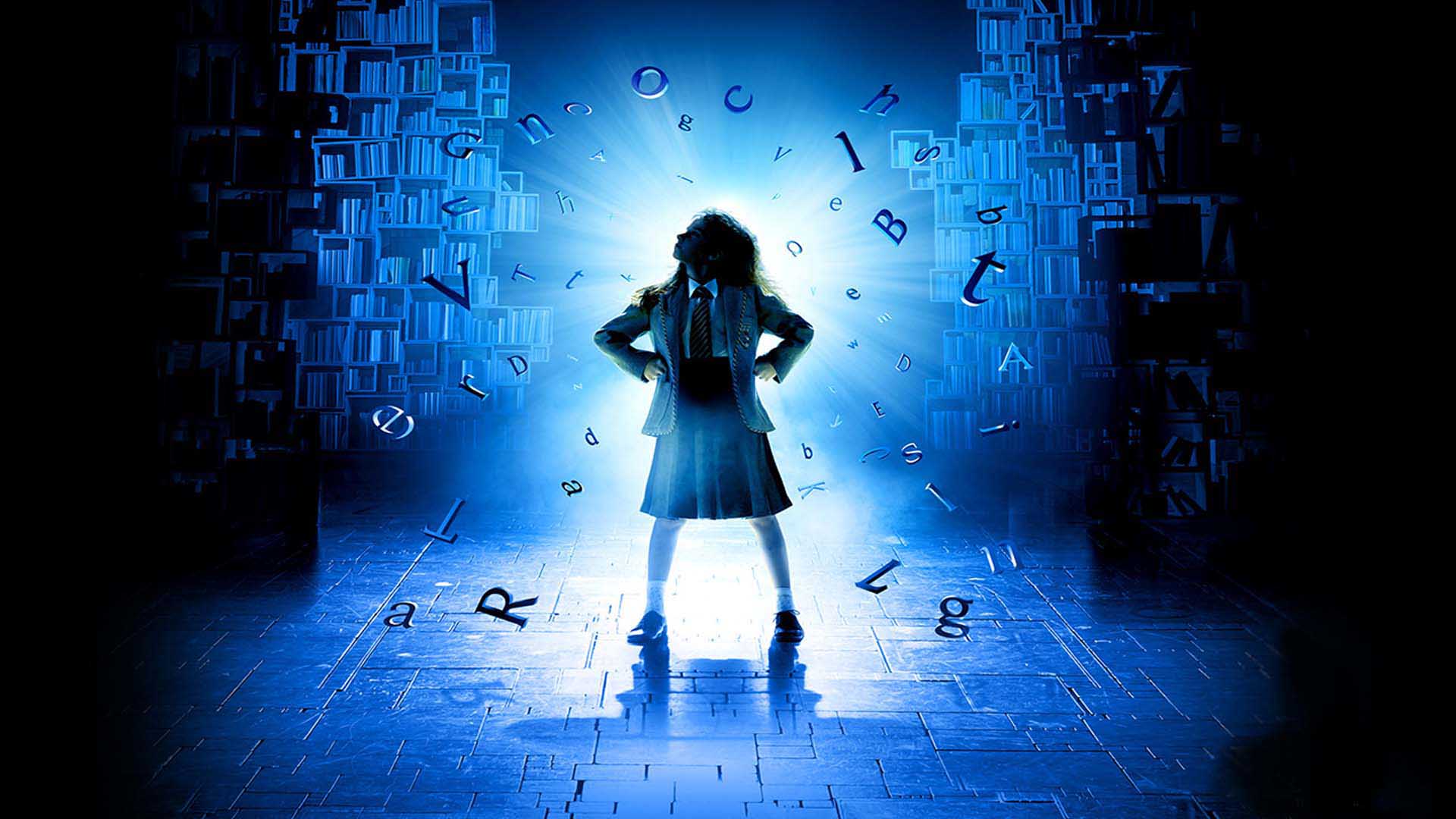Matilda's Magic
Ever since I was a kid, I always wanted to watch musical or theatrical shows. I mean, who wouldn’t – they always look so magical. As a grown-up seeing Matilda was like reliving my childhood, as the story became a reality right in front of me. From the talented performers, to the amazing stage set-up, and of course the lighting that gave life to each and every scene, the show was everything I could’ve wanted it to be, and more.
Light is a powerful medium that reveals not only the beauty of an interior (or exterior), but it also sets the mood of people who are in the space. Theatre and musicals are a fantastic example of this because it’s the lighting that creates the atmosphere. It’s about the suspension of belief and getting the person watching to believe whatever the stage set is.
Lighting design on the stage isn’t that different from architectural lighting design – they both involve connecting a person with their environment and creating an emotion. However, in architectural lighting you often have to consider more practical things and, in some ways, theatre can be easier because it’s more forgiving. For example, it’s often choreographed, lights can be moved around easily, there are less regulations and energy isn’t such a major issue. It doesn’t necessarily matter if the lights are in the actors’ eyes (and it means the audience can see them), whereas in the real world glare is actually a problem because the audience are also actors, so you have to consider both.
Lighting can make or break productions – and they would be nothing without it. Shows vary from lighting spectaculars like “We Will Rock You”, to very serious plays where only a dramatic spotlight is on one person on the stage.
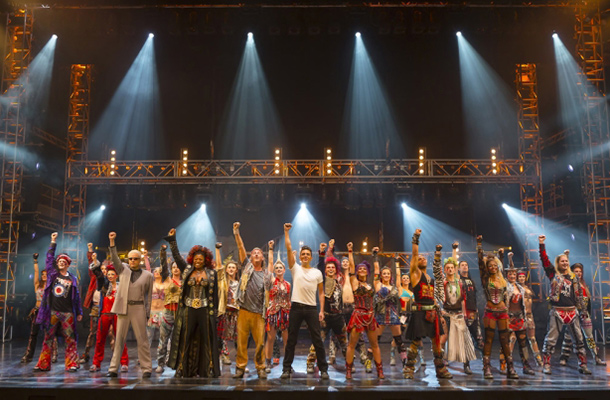
In the rock ‘n’ roll concert scenario the lighting is the object, and people look at it and the impact it has – this is why effects like smoke and lasers are used to create shafts or patterns of light that react to music. As a result, it becomes very much a light show.
With a very serious play the lighting should be subjective – it’s not about being objective. The audience isn’t looking at the beams and patterns of light; they’re looking at the mood the lighting creates and the way it might subtly light an actor on stage.
For a production, it all depends what the show or message is. But this translates in the real world too, because in the real world, it depends what the brand message is: how do you want people to look and feel and react within a given space.
When I went to see Matilda (my first-ever West End show), with my colleague Lucia, we were totally stunned by the beautiful set-up as we walked into the theatre – a mass of cubes framed the whole stage and layers of light brought it all to life, drawing us into the make believe. And it hadn’t even started.
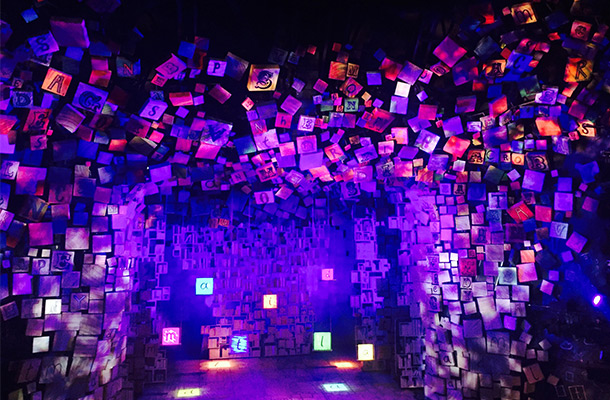
In the first part of the production rich coloured materials and textures came together beautifully, creating a magical and captivating atmosphere. Then, as the story progressed, light and shadow played a hugely impactful part. My favourite bit, in particular, was when the adorable Bruce stole Ms Trunchbull’s cake, and when she found out, the lights dimmed down and a spotlight was directed to her. It made the scene really quite terrifying, but then it transitioned to subtle bright colours as the story ended.
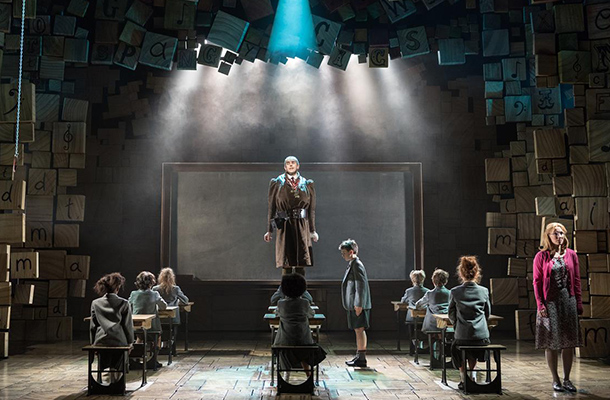
The whole show took me back to the first time I read the book. It relayed an array of emotions to myself, and I’m sure the rest of the audience, through words, movements, costume, music and light. I’m no expert when it comes to stage lighting, but I do know that while a good performer enhances the production, so does good lighting.
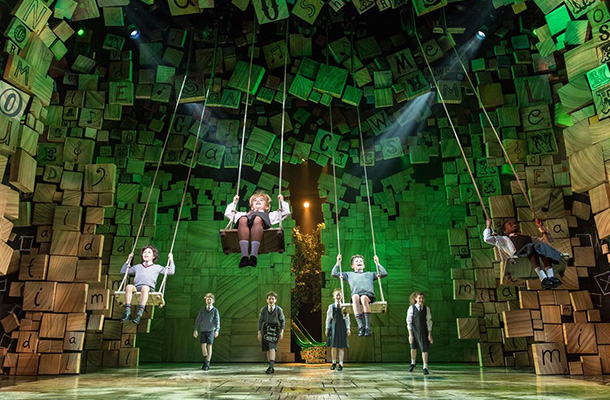
Images: We Will Rock You / Matilda The Musical


